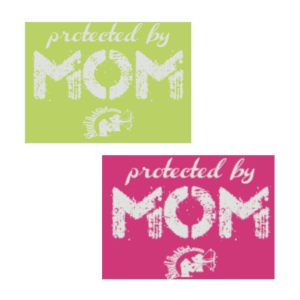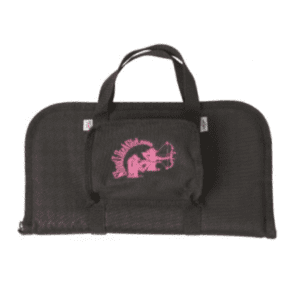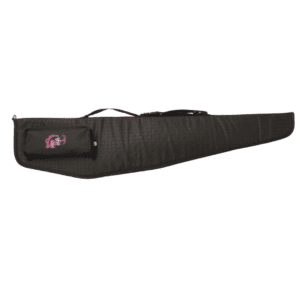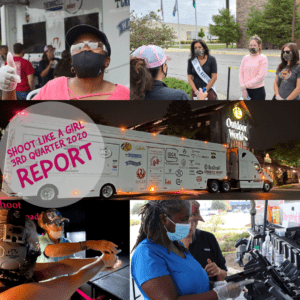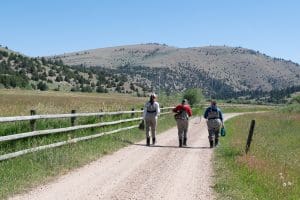
- Safety
Safety In The Workplace

As a former Human Resources Manager for almost 30 years, I have seen my fair share of workplace safety concerns.
Employers can help to mitigate potential concerns by educating staff about safety protocols, including how to respond to dangerous situations and most importantly, how to avoid them in the first place. Situational awareness is always critical in helping to identify people of concern. Whether the threatening person is a visitor to the workplace or a co-worker, having a plan of action is crucial in mitigating employee risks. It is important that employees identify any potential safety breaches and report them to the appropriate person or office to maintain a secure work environment.
TRAINING
Conducting training during the onboarding of new staff and semi-annual training for current personnel builds employee confidence.
When employees know how to respond, they feel safe.
When employees know who to alert, they feel empowered. Employers often hold fire drills regularly, but seldom hold drills that address responding to an active attacker in the workplace. Multiple past active attacker cases show that employees simply did not have a plan and employers had not created one. Does a review of your Employee Manual include safety protocols while at work? Does it include policies pertaining to weapons in the workplace? Does it explain what to do if you have a negative encounter at work or if you experience workplace bullying or a hostile work environment? Have you read the Employee Manual? Employees should have a clear understanding regarding proper protocols for maintaining safety while at work and should act accordingly.
After the 9/11 attacks, many employers realized that they were not prepared for the unexpected attacks that were orchestrated and conducted against the United States that day. I was in Washington, DC, close to the Pentagon, and it was chaotic to say the least. Following that tragic day, employers scrambled to setup protocols in response to future attacks. Sheltering-in-place training, additional security measures and injury response training became urgent protocols for employers. Employers established teams of capable and willing employees to develop Emergency Response Plans (ERPs) to assist with new safety protocols, including employee accountability. Accounting for every employee after a critical incident is vitally important for ensuring employee safety during the aftermath. Devising strategies to keep employees safe during emergencies became the primary goal.
RUN, HIDE, FIGHT RESPONSES
Minimally, if employers would provide training on the Run, Hide, Fight Response Strategies, employees would be capable of making educated decisions during an unforeseen emergency. If running is the plausible response, escape routes should be pre-determined. If hiding is the best option, and escaping is not possible, employees should lock office doors, turn off lights and noise, barricade door with office furniture and remain calm and quiet until help arrives. If fighting is the only option, employees could use environmental weapons, such as chairs, fire extinguishers, and other office equipment or weapons as allowed by written company policies. Training by external experts has proven to be effective for companies and employee engagement.
THREATS BY EMPLOYEES
Oftentimes, workplace violence stems from domestic violence situations at home that spills over into the work environment. Violence can also be the result of a negative performance appraisal/grievance, workplace bullying, employees with alcohol or substance abuse issues and disgruntled employees, in general. Possible warning signs include unexplained increase in absenteeism, depression, rage, increased conversations about personal problems and severe mood swings. If you feel threatened in the workplace, would you know what to do? Are you able to defend yourself at work? What if the threats are ongoing, what is your recourse? Knowing the answers to these questions may help you to feel more secure and safe at work. When in doubt, seek answers from your Human Resources Office. You should be clear about your rights to defend yourself or to whom you should report safety matters of concern. Your workplace should feel safe!
WORKPLACE VULNERABILITIES
There are times when you may feel more vulnerable than others. Specifically, the early arrival hours before work begins and after hours when working late or alone. Transitional spaces are uncontrolled areas that may present an increased level of risk, such as parking lots, public transit, and elevators. Heightened awareness and preparation are vital when navigating these spaces. How you will defend yourself will depend on your ability to use your tools of choice. Self-defense options include, but are not limited to, pepper sprays, stun guns, striking tools and tactical pens. Whichever tools you decide to carry for your personal protection, be sure to train on how to effectively use them. Practice often and develop muscle memory so as not to freeze in fear should a threat present itself.
When working early or late hours, consider having a security guard escort you, if available. Upon entering or leaving your office building, check your surroundings for anything that seems out of the ordinary. Call a family member or friend to advise them of your arrival and departure times. Consider using a device that contains GPS (Global Positioning System) technology capable of sending your location to a person of your choosing. Some pepper sprays, like the Sabre Smart Pepper Spray, have built-in GPS technology, as do certain cell phone applications. Consider taking a pepper spray class or other self-defense workshop.
Parking lots can be particularly unnerving before and after hours. Therefore, have your keys and access card ready, along with any tools you would use to defend yourself.

The workplace is full of unknowns when it comes to safety. Having and understanding the company’s response plan, along with your personal plan, will help you feel mentally prepared if a threat arises. Knowing your role and how to respond during an emergency will help you and your co-workers remain calm and safe. If you are unsure of the proper protocols, ask your Safety Specialist or your Office of Human Resources personnel. Review your Employee Manual and ask questions, as appropriate. Be proactive when it comes to learning about your workplace safety protocols.
Check out these articles on Run, Hide, Fight and Mindset for Personal Safety to broaden your knowledge Situational Awareness.




